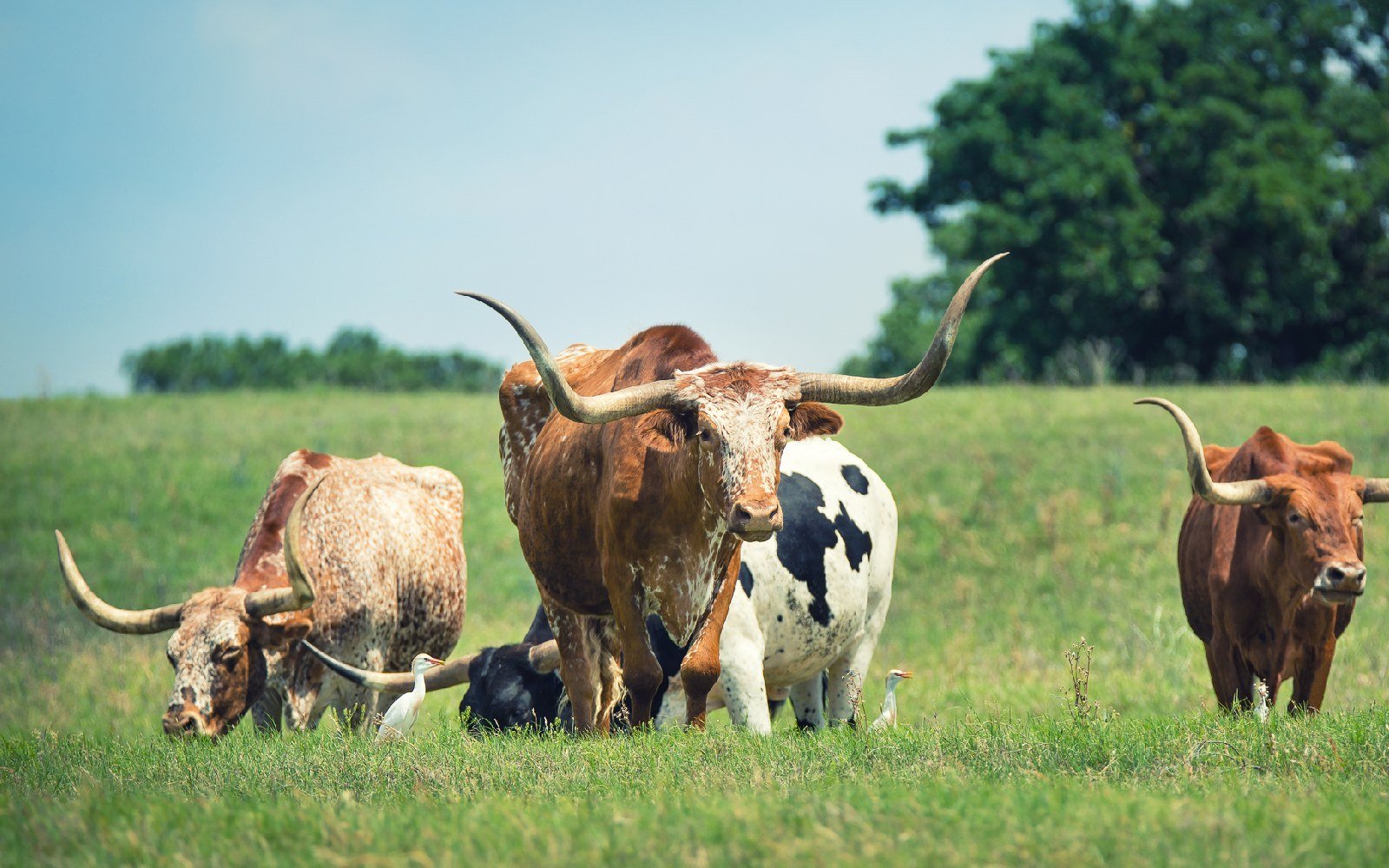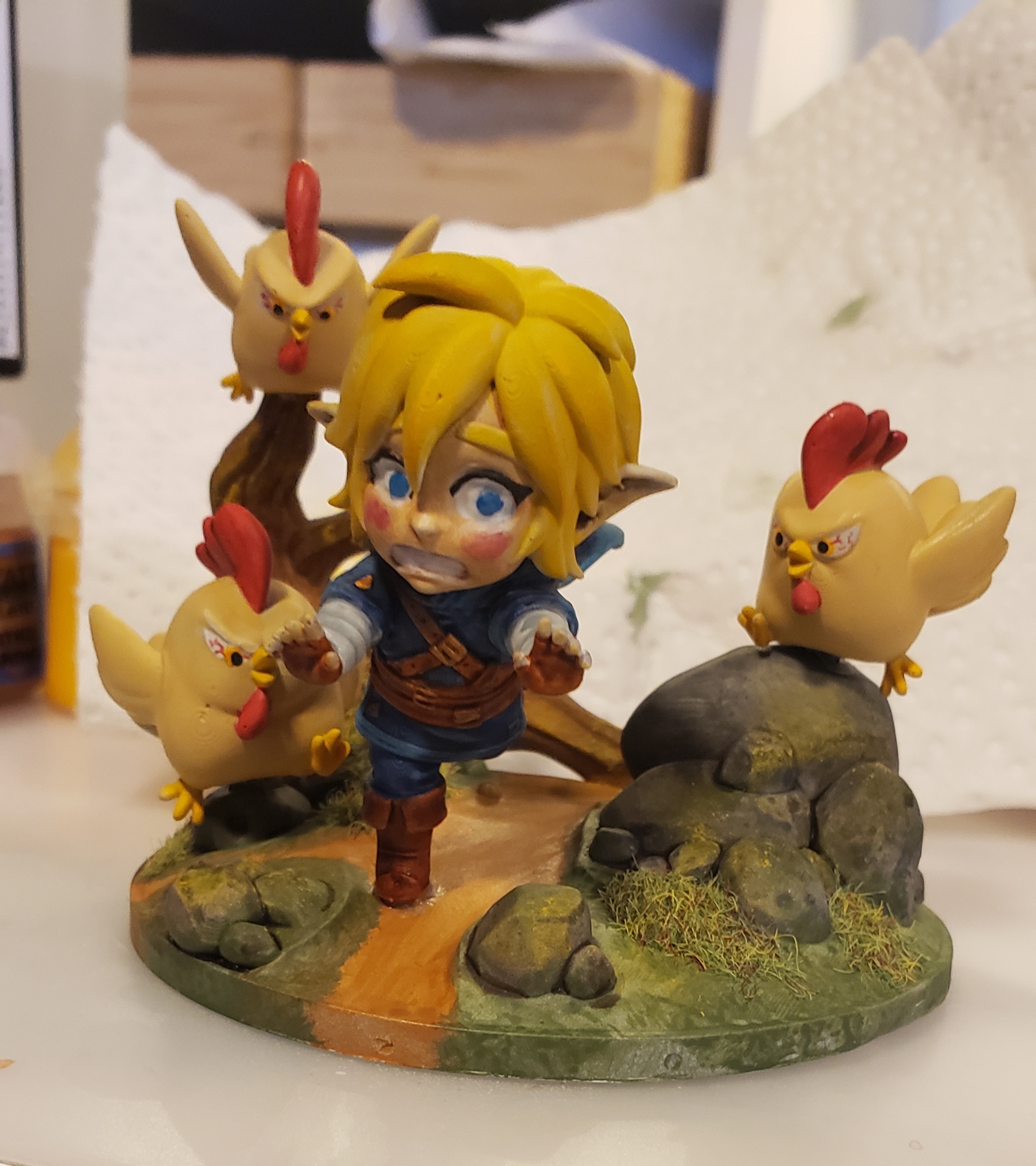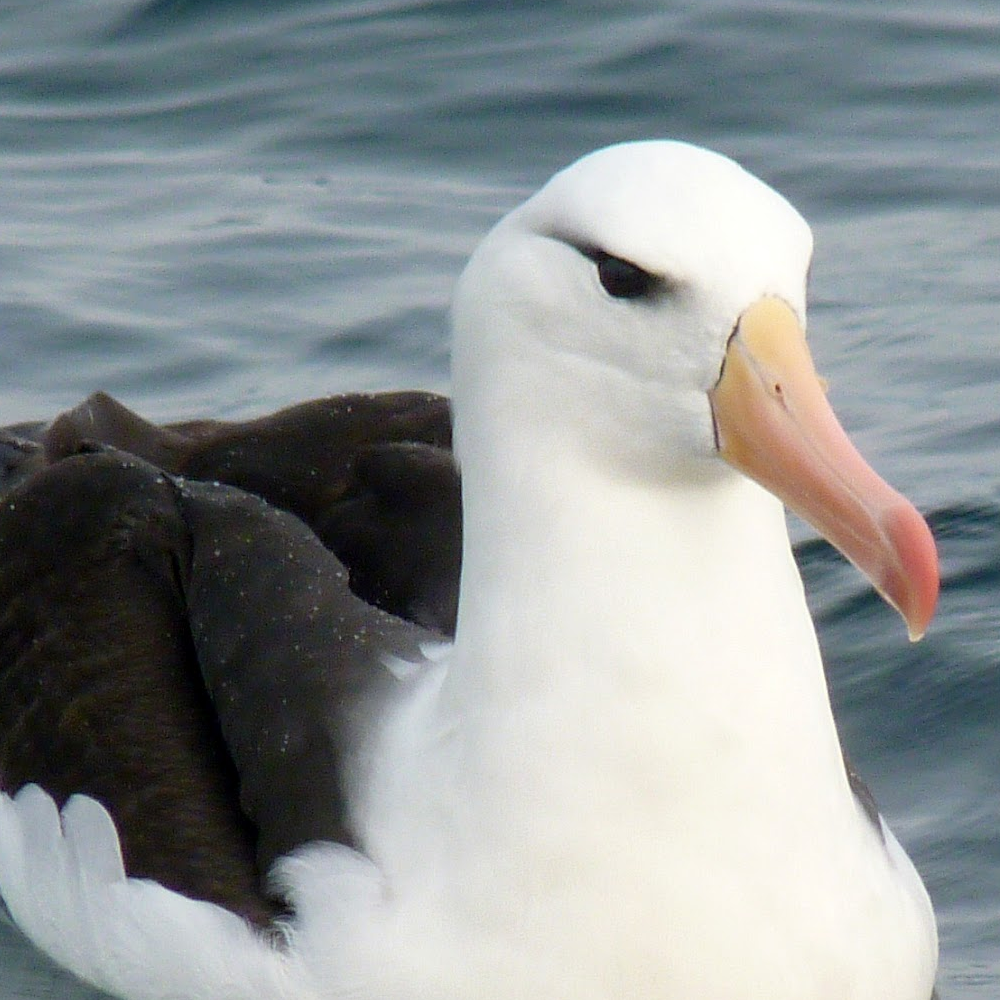Yep for those curious how it harms native bees:
But scientists say competition with honey bees may also play a role. In a 2017 report in Conservation Letters, researchers calculated that during three months, honey bees in a typical 40-hive apiary collect the equivalent amount of pollen and nectar as 4 million solitary wild bees. “Brilliant foragers,” honey bees can “dominate floral resources and suppress native bee numbers,” says lead author Jim Cane, a retired federal biologist who heads the nonprofit WildBeecology.
Honey bees also carry diseases that can infect natives, including deformed wing virus and the parasite Crithidia bombi. Researchers have found that native bees near apiaries can suffer a high incidence of such illnesses.
Also some fun facts: most North American native bee species don’t even live in hives or produce honey for themselves at all. They also almost never sting too
Unlike honey bees, more than 90 percent of our nearly 4,000 native bee species live not with other bees in hives but alone in nests carved into soil, wood or hollow plant stems. Often mistaken for flies, the majority are tiny and do not have queens or produce honey. Without a hive’s larvae and food supplies to defend, “native bees almost never sting,” Mizejewski say
https://www.nwf.org/Home/Magazines/National-Wildlife/2021/June-July/Gardening/Honey-Bees
So just like European settlers they took all the resources and gave the natives bee smallpox.
deleted by creator
I’ve seen some of these tiny bees pollinating my tomato plants!
I have a few ground-nesting bees buddies in the yard.
They’re chill and I see them pollinating my garden now and then.
They’re now part of the family and I’ll knock some sense in any guest who tries to harm them.I was planning to keep bees, until someone informed me that honey bees outcompete native bumbles.
And I fucking love bumbles.
So now I’m modifying the garden to be bumble friendly, and living without enormous amounts of honey.
i wonder what other invasive from europe endangers natives
Cannot tell if a serious statement or sarcastic. But sure, there are many invasive species from Europe all over the world. Just as there are many invasive species from all over the world in Europe. And they threaten native species all over the globe. Habitat loss and climate change are probably much bigger concerns to endangered species though… What’s so insidious about honeybees is what’s mentioned in the meme as well, that they are easily economically exploitable so that companies like to focus their environmental programs on them instead of actually endangered species. Also, people tend to like relatable animals much more so most public campaigns to save endangered species are related to cute or anthropomorphized animals.
It’s a joke, they’re talking about white people.
Hahaha lol, I didn’t catch that at all but now it is pretty obvious
It probably doesn’t happen too often… Right?

Idk, last I checked the European Honey Bee was native, but I guess you could prefer bumblebees?
They’re “invasive” if you’re not on Eurasia.
Humans took them everywhere else.
They’re native to Africa, Europe, West Asia & Central Asia, which covers around 3 billion people
East & South Asia have the Asiatic Honey Bee which is closely related enough that their introduction wouldn’t disrupt the ecosystem as they fill the same niche in the same way
That leaves only around 15% of the global population somewhere European Honey Bees even have potential to become invasive, so it’s a safe bet that they aren’t for most people
“Only the colonized need fear the colonizer”
Native to PARTS of Africa, PARTS of Asia.
Not native to any of the island nations.
Not native to the Americas.
More to the point they wouldn’t be as widespread as they are without human intervention.
I am generally all for the pollinators of any kind but this meme has a good point and few people actually know that the honeybee is only prominent in its place because of humans.
Apis mellifera is a much better pollinator for most cultivars produced by agriculture around the world, so it’s been introduced into East, South and Southeast Asia too (and it’s pretty closely related to Apis cerana anyway, and they get along OK).
Also, you’re not accounting for species uniqueness, which is highest in Australia/NZ/PNG, southern Africa and parts of South America. These places also have native bees that are outcompeted and outright attacked by Eurobees.
The truth is complicated, but also simple - this invasive species we tolerate and even introduce because it massively benefits food production for humans.
That brings up an interesting point, they’ve been here 400 years, at one point does something stop being classified as invasive?
If we say never, then the term invasive kind of loses all meaning, but I wonder where the logical cutoff might be and how it’s defined.
A commonly used definition of a non-native species in ecology is if it was introduced by human activity after the year 1492. Because the “discovery” of the Americas by the larger European society kicked off an age where humans started to travel to other continents much more than before, bringing animals and plants with them.
Invasive species are non-native species that out-compete and displace native species.
They are actively spread by people even know and they are pushing other species to extinction, but yeah, maybe let’s not call them invasive and solve the problem that way.
Humans don’t live outside of Europe.
So true bestie, can you come pick up your European friends in Thailand for me? They keep trying to fuck the animals here.
You couldn’t be more reich about that
Quite so, quite so. Harrumphs
From Wikipedia:
“The western honey bee can be found on every continent except Antarctica. The species is believed to have originated in Africa or Asia, and it spread naturally through Africa, the Middle East and Europe. Humans are responsible for its considerable additional range, introducing European subspecies into North America (early 1600s), South America, Australia, New Zealand, and eastern Asia.” So, depends where you live. Especially South and Central American honey bee populations have been overtaken by the africanized honey bee though, which is a feral human-bred hybrid that escaped the lab in Brazil.
deleted by creator
Bees collect nectar for nutrition and they collect pollen as their protein source. These activities pollinate as a by-product. Honey bees collect a lot of nectar to refine into honey to survive the winter months. This makes the honey bee ideal for some flowering plants which have a lot of nectar that the honey bee needs. Many native species have short lifecycles. Some only during a bloom of a particular flower. This is why native bees make better pollinators as a whole. Honey bees pass up many flowers that have little benefit to them as a nectar source. Native bees collect the pollen that would be undisturbed by the honey bee.
Invasive honey bees are less effective pollinators for most native plants than native bee species. However, they indeed consume a lot of nectar, leaving less for the native bees to survive.
Admittedly, it’s not a simple relationship, but between increased competition and fewer resources due to landscape changes, it’s not necessarily a good one.
“Ecosystem Services” as an industry term makes me see red. Greenwashing at it’s finest.
deleted by creator
That seems a bit like complaining that cattle are replacing native deer.
They may occupy the same niche, but one feeds people and the other does not.
Yeah but people don’t make a big deal about “save the deer!” and then start a cattle ranch
When people talk about saving the bees they usually mean the ones responsible for feeding us.
Because deer are also invasive and aren’t needed for cattle breeding. Not a great analogy
Well, I think the insidious problem about honeybees is that people often say “save the bees” and mean only honeybees. But it is a domesticated species that doesn’t need any saving. Meanwhile endangered species get forgotten altogether.
Peak US defaultism going on in here.
Varroa mite has entered the chat
This is one reason why I love my native lupine plants. They occasionally get honeybee visitors, but I’ve noticed honeybees struggle with getting the flowers open to access the nectar. Bumblebee lands and his big fat body causes the flower to open right up. Gee it’s almost like they co-evolved!
op is anti honey bee …
OP is correct
good











